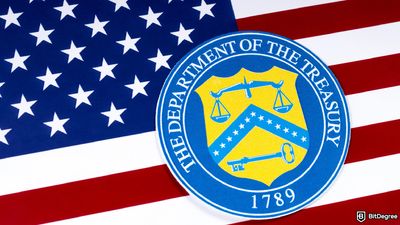Saylor believes that Ordinals act as "catalysts" for overall Bitcoin adoption.
According to MicroStrategy's Michael Saylor recent Bitcoin Ordinals phenomenon has sparked a surge in Bitcoin adoption.
Bitcoin Ordinals (or Bitcoin NFTs), a relatively new development, allow media storage on the Bitcoin network by inscribing data on satoshis, the smallest Bitcoin unit.

Did you know?
Want to get smarter & wealthier with crypto?
Subscribe - We publish new crypto explainer videos every week!
What is Terra Luna? History & Crash Explained (ANIMATED)


The innovation, introduced in early 2023, effectively brought non-fungible tokens (NFTs) to the industry's largest network. Since then, developments haven't slowed down.
The Bitcoin bull and MicroStrategy co-founder discussed the matter on PBD Podcast, noting that innovative applications like Ordinals, along with bank failures, hyperinflation, regulatory shifts, and major investments, act as catalysts for widespread adoption.
Every time someone builds an application that’s cool on Bitcoin, like all the Ordinals and inscriptions and whatever that are driving up transaction fees, its a catalyst.
It is worth noting that MicroStrategy is one of the biggest institutional Bitcoin investors, with its portfolio holding 140,000 Bitcoin (BTC).
In March, a programmer created the BRC-20 fungible token standard on top of Ordinals, triggering a wave of memecoins. The market cap of BRC-20 tokens briefly reached $1 billion on May 9th. At the time of writing, the market cap of BRC-20 tokens fell to almost $600 million.
Furthermore, the leading crypto exchange Binance revealed plans to list Bitcoin NFTs on its platform, demonstrating Ordinals' continued traction. In recent days, the number of Ordinals inscriptions on the Bitcoin (BTC) network has skyrocketed, reaching almost 5.2 million on May 10th.
While this increased network demand boosts miner revenues, it also raises transaction fees significantly. Bitcoin Ordinals have caused network fees to jump from under $2 to around $20 per transaction since May 2023, making BTC transfers costlier.






















